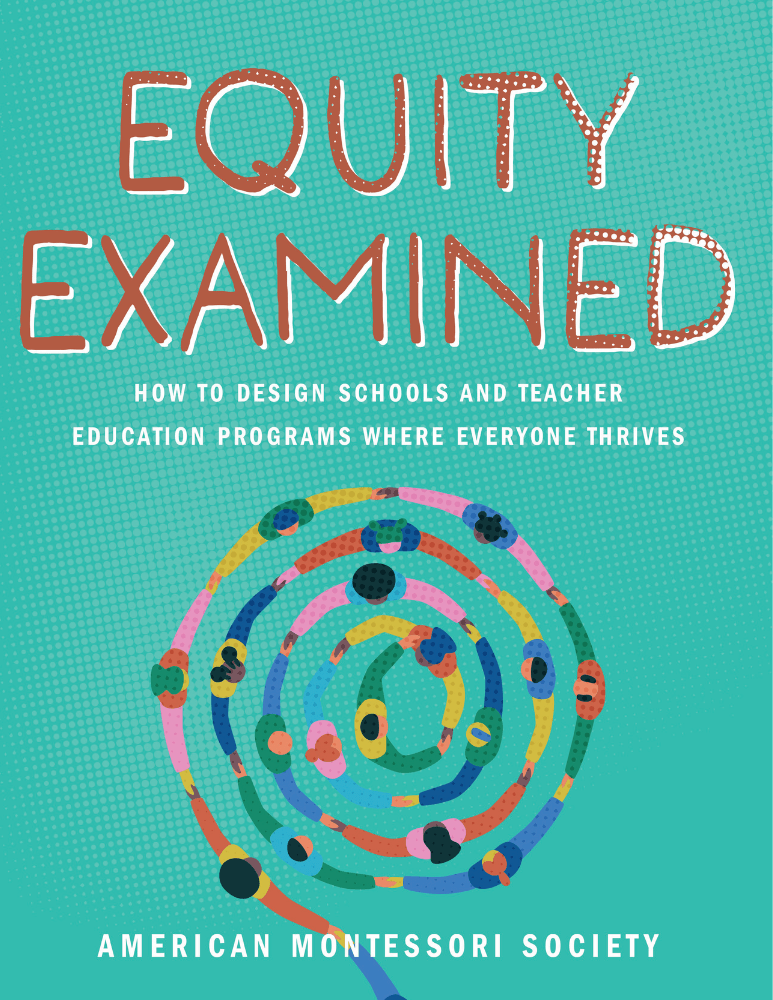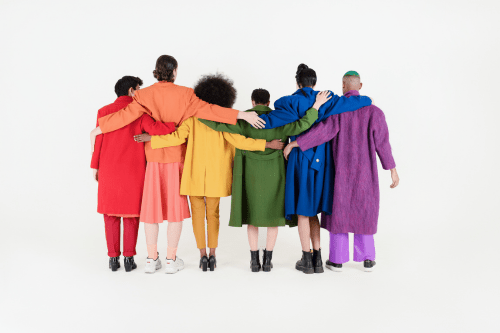
This essay appears in the AMS special publication, Equity Examined: How to Design Schools and Teacher Education Programs Where Everyone Thrives. (Available to AMS members only).
Become a member today to gain access to the full digital publication.
I am a white, femme, Queer person who uses she/her pronouns. I wouldn’t mind going gender neutral, but my self-expression doesn’t hinge on it. I have found over the years that my identity is fluid. What once was “bisexual” for me became “gay” which then became “lesbian” (which I immediately rejected!), then “gay” again, then “pansexual”, then back to “bisexual” and now I have happily and committedly landed on capital-Q “Queer”–for now. I grew up in a time when the adults around me only knew the words “gay” and “lesbian” and defined them as being attracted to the same sex, period. It took the work of many feminists, especially Audre Lorde and the late and beloved bell hooks, to help me expand and reimagine what my gayness, bisexualness, lesbianness, queerness, whatever-you-may-want to-call-it-ness, had to offer to my life and to the world at large. As a Montessori teacher of adolescents, I find respite and love among my students, who continuously reinforce my own evolution of identifying as Queer. They inherently understand “queerness” as a set of values, a spirit, a way of being, and know that Queer folk belong to a history of rebellion and community activism. Somehow, they understand Queer as being far more than simply “gay,” far more than a word that describes only one’s sexual orientation. They see it as a major intersection on the vast roadmap of social identities, and respect how it gives dimension to peoples’ worlds. I have to say, the kids are all right.
Most adults, on the other hand, are of a different time and vernacular. I have two fears when coming out to them: tokenization and reduction. Admittedly, I am not a good “token gay.” I don’t adhere to any of the stereotypes thrust upon the Queer community. I am hetero-passing, have a biological daughter, and am passionately critical of the modern Pride parade (it’s absolutely a gentrified experience of what was once a radical, Black, trans, feminist movement). The reduction of my Queer identity to the simplistic understanding of “gay” as a sexual orientation makes me uncomfortable. For many years, I felt embarrassed and self-conscious talking about my queerness. I had impostor syndrome; I didn’t look a certain way, or talk a certain way, and being gay didn’t really feel like anything—even after I experienced the epiphanic revelation (whoa, I’m gay… now what?) that put my worldview into perspective. It took decades of exploring myself and befriending people from other minority cultures to discover what was so hard to
put to words: the essence of Queerness has nothing to do with sexual orientation at all, but is actually an expression of something much richer, exciting, and, quite frankly, something dangerous to our current paradigm: being Queer, at its heart, is a radical noncompliance to the systems that exploit us all.
Queerness means vulnerable self-exploration and honesty. It means bravery in the face of adversity. It means vision and imagination. Queerness rejects forced norms and assimilations; it rejects anti-Blackness and misogyny; it rejects pigeonholed notions of what a family looks like, how much love is allowed between friends, who must perform what in society because of preconceived notions of what a “man” or a “woman” is supposed to be. It is the brave act of turning totally inward to find truth with a quiet and listening mind and to express that resounding truth with unapologetic zeal. In essence, being Queer is so… Montessori.
I hope that when you imagine the Queer space inside my classroom, you don’t think closet, but instead, see afterschool Writer’s Club. Young teens talk freely and passionately about their world and how angry their circumstances make them. They are unafraid of my eyes and ears on them, unafraid that their critiques could be misunderstood
as teenage angst. Our Queer space means autonomous young people unafraid to oppose their teacher’s thoughts, unafraid to tell me I am wrong. It is young people feeling safe to take intellectual risks, knowing that I will not stifle them with the narrow expectations they have come to know from the other adults in their lives. It is unthreatening.
It is passionate. It is open tenderness and free love. My kids know without a doubt that they are seen with love, and that I will never measure them by their mistakes, but instead will encourage them to go after their truths. Being Queer has made me brave, being brave has made me vulnerable, and being vulnerable has led me to a rich and unique
relationship with my classroom that I could never have forged without the queerness of my spirit leading the way.


